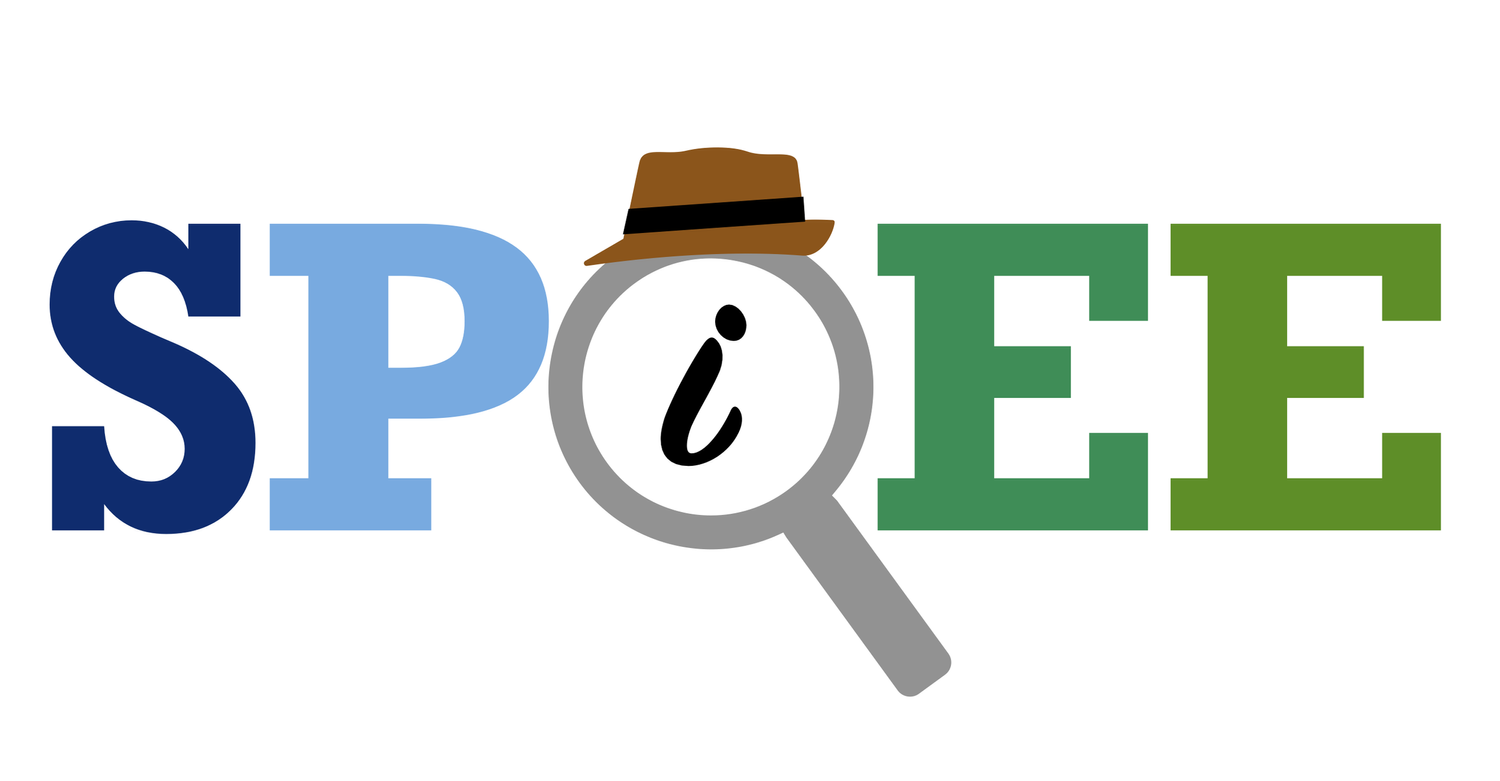The Hidden Learning (Theories) of Stories
Stories promote sophisticated learning. So why are they disappearing?
By Hunter Gehlbach
In earlier parenting days, my family often passed car-ride time by playing One-Word Story. Each passenger sequentially contributed a single word to an evolving story. While the Pulitzer committee has yet to recognize the resultant masterpieces, the activity kept the kids entertained and off screens.
“Sea Cow,” the family’s favorite protagonist, was the invention of our then-3-year-old. Of Sea Cow’s various adventures, his final chapter was his most memorable. Rarely have I seen such delight as when Sea Cow’s creator killed off the hero, to the horror of the rest of the family. A single word—“died”—was all it took to inflict a major disequilibrium in our universe.
This year, while teaching the science of learning, I gained a new appreciation of how stories—even the one-word, collaborative variety—promote sophisticated learning. The core elements of narratives and our most famous learning theories share too much overlap to be coincidental—which begs the question: If we learn so much and so well from stories, why are stories disappearing like sea cows at a time when we need richer, more motivating learning?
